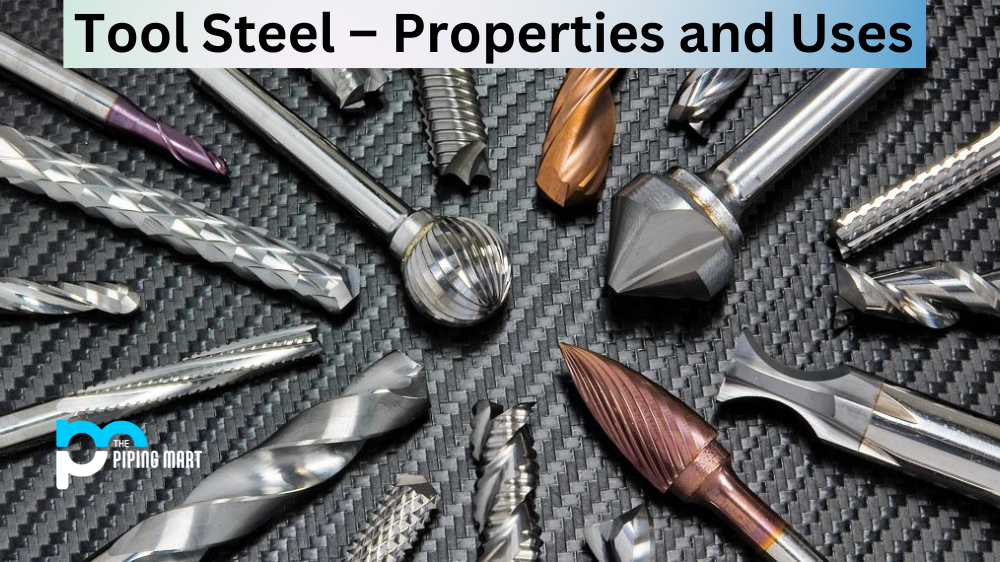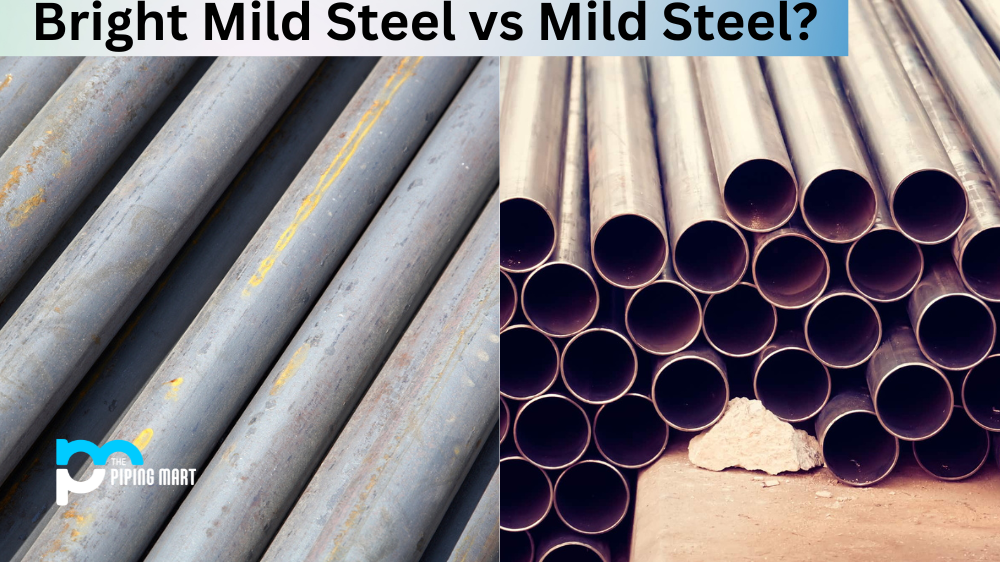Many factors should be considered when selecting the perfect tool steel to ensure the right choice. Two commonly used steel types are A2 tool steel and A6 tool steel. While they may sound similar, they differ in some significant ways. In this blog post, we will discuss the differences between A2 and A6 tool steel and help you decide when selecting steel for your applications.
What is A2 Tool Steel?
A2 Tool Steel is a high-carbon, air-hardened tool steel known for its superior wear and abrasion resistance. It boasts strong tensile strength, excellent toughness, and good machinability. Its versatility makes it ideal for various applications, including dies, punches, cutting tools, stamping presses and injection moulds.
What is A6 Tool Steel?
A6 tool steel is a high-carbon and low-alloyed cold-work steel with excellent hardenability, wear resistance, toughness, and machinability. It can be heat treated to achieve a maximum hardness of 64 HRC for superior performance in demanding applications such as die-cutting and forming operations.
Difference Between A2 Tool Steel and A6 Tool Steel
Composition and Properties
A2 tool steel is an air-hardening, high carbon, high chromium alloy known for its toughness and wear resistance. It is designed to resist wear and maintain its hardness even in high-temperature applications. A2 steel is slightly easier to work with than A6 steel.
A6 tool steel, on the other hand, is an air-hardening, high-performance metal known for its exceptional toughness, stability, and wear resistance. It is a highly versatile steel that is well-suited for cold work applications. It has a low distortion rate and is resistant to chipping and breaking.
Hardness and Machinability
A2 tool steel has a high degree of hardness, which makes it ideal for demanding applications. It is easy to sharpen and has excellent machinability. It is also easy to heat treat and has excellent dimensional stability. A2 steel is often used to make knives, cutting tools, and shear blades.
A6 tool steel, on the other hand, has a lower hardness than A2 steel but still exhibits excellent toughness and wear resistance. It is more challenging to machine than A2 steel due to its high cobalt content. However, it can hold a very fine edge and continues to perform even after ongoing stress.
Applications
A2 tool steel is commonly used in constructing cutting tools, industrial knives, and shear blades. Its hardness and wear resistance make it an excellent choice for stamping and blanking dies.
A6 tool steel is frequently used to manufacture moulds, dies, punches, and other components subject to high loads and demanding conditions. It is also used to produce general-purpose tools, automotive components, and gear-cutting tools due to its excellent performance and endurance.
Cost Factor
A2 tool steel is readily available and cost-effective. It is an excellent choice for applications that require high hardness and wear resistance but which do not require the performance of more complex steels.
A6 tool steel is more expensive than A2 steel due to its high cobalt content and excellent qualities, making it highly preferred. It is worth paying the high cost because of its superior performance and long-lasting capabilities that justify its price tag.
Conclusion
In summary, A2 and A6 tool steel are both excellent choices for a wide range of applications. Both steels offer exceptional performance and wear resistance and are easy to machine and harden. A2 steel is ideal for applications that require high hardness and wear resistance, while A6 steel is suitable for manufacturing moulds, dies, and other components exposed to high loads and stress. The choice between the two largely depends on the specific application requirements and available budget. Now that you know the differences between A2 and A6 tool steel, you can make an informed choice when selecting steel for your applications.

Hey, I’m Krutik, a casual blogger expert in the metal industry. I am passionate about providing valuable information to my readers. With a background in engineering and construction, I like playing Cricket & watching Netflix shows in my free time. Thank you for visiting my blog, and I hope you find my information helpful!




